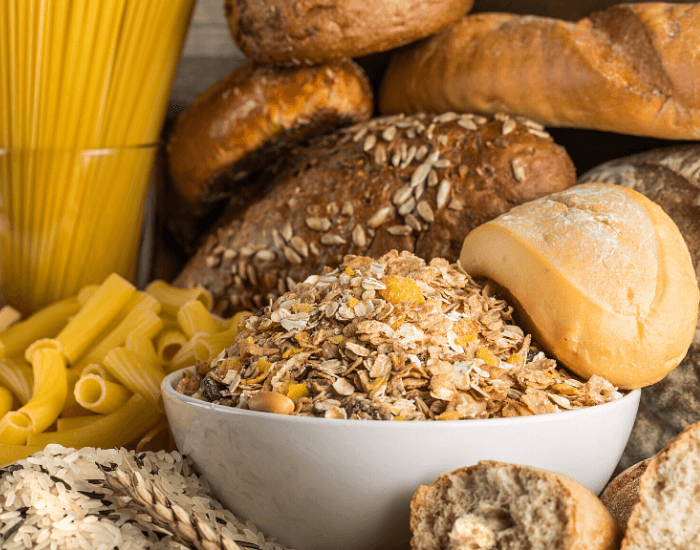
Recombinant DNA technology is another major DNA-based tool that has gained popular attention in the past decade. This technology allows scientists to find individual genes, cut them out, and insert them into the genome of another organism. Recombinant DNA technology has applications in health and nutrition. In medicine, it is used to create pharmaceutical products such as human insulin. In agriculture, it is used to impart favorable characteristics to plant to increase their yield and improve nutritional content.
Recombinant DNA technology requires the use of molecular scissors called restriction enzymes, which cut DNA at specific sequences. The cut-out gene is then inserted into a circular piece of bacterial DNA called a plasmid. The plasmid is then re-introduced into a bacterial cell. When the bacteria multiply, the plasmids multiplies as well, creating many copies of the gene. Since bacteria multiply very quickly, large numbers of the gene can be produced in the laboratory for further analysis and application.
Producing Human Insulin
Diabetics are unable to produce satisfactory amounts of insulin, which facilitates the processing of sugars from food into energy that the body can use. In the past, diabetics needed to take insulin purified from pigs and cows to fulfill their insulin requirement. However, non-human insulin causes allergic reactions in many diabetics. Recombinant DNA technology provided a way for scientists to produce human insulin in the laboratory.
The gene for human insulin is isolated from human cells and inserted into plasmids. These plasmids are then introduced into bacterial cells, which manufacture the insulin protein based on the human code. The purified product is identical in nature to human insulin and does not cause any allergies.
In addition to bacteria, other biotechnologists use yeast in recombinant DNA technology to make human insulin. Yeast can perform more of the complicated cellular processes that occur in human cells, making it a more useful organism for producing human substances.
For more information on using the use of DNA technology in producing insulin, please visit DNA Interactive: Manipulation.
Producing Genetically Modified Foods
A widely debated application of recombinant DNA technology is in the production of genetically modified foods. Genes can be derived from plants or even other organisms to give plants characteristics that are beneficial to both producers and consumers of agricultural products:
- Delayed fruit ripening for longer shelf life during transportation
- Resistance to insects and plant viruses
- Enhanced flavor and nutritional content
- Edible vaccines to prevent widespread diseases in developing countries
The technology behind genetic modification of foods is similar to the one used to produce human insulin, with an additional step. After the bacteria multiply the gene of interest, the gene is then introduced into plant cells so that the plant will manufacture the gene product: whether it is an insecticide, vaccine, or other plant substance.
Because agriculture is conducted on such a large scale, the use of genetically modified plants poses ecological implications that must be considered carefully. For a review of these issues and for more information about the use of recombinant DNA technology in agriculture, please visit the Genetically Engineered Organisms: Public Issues Education Project.